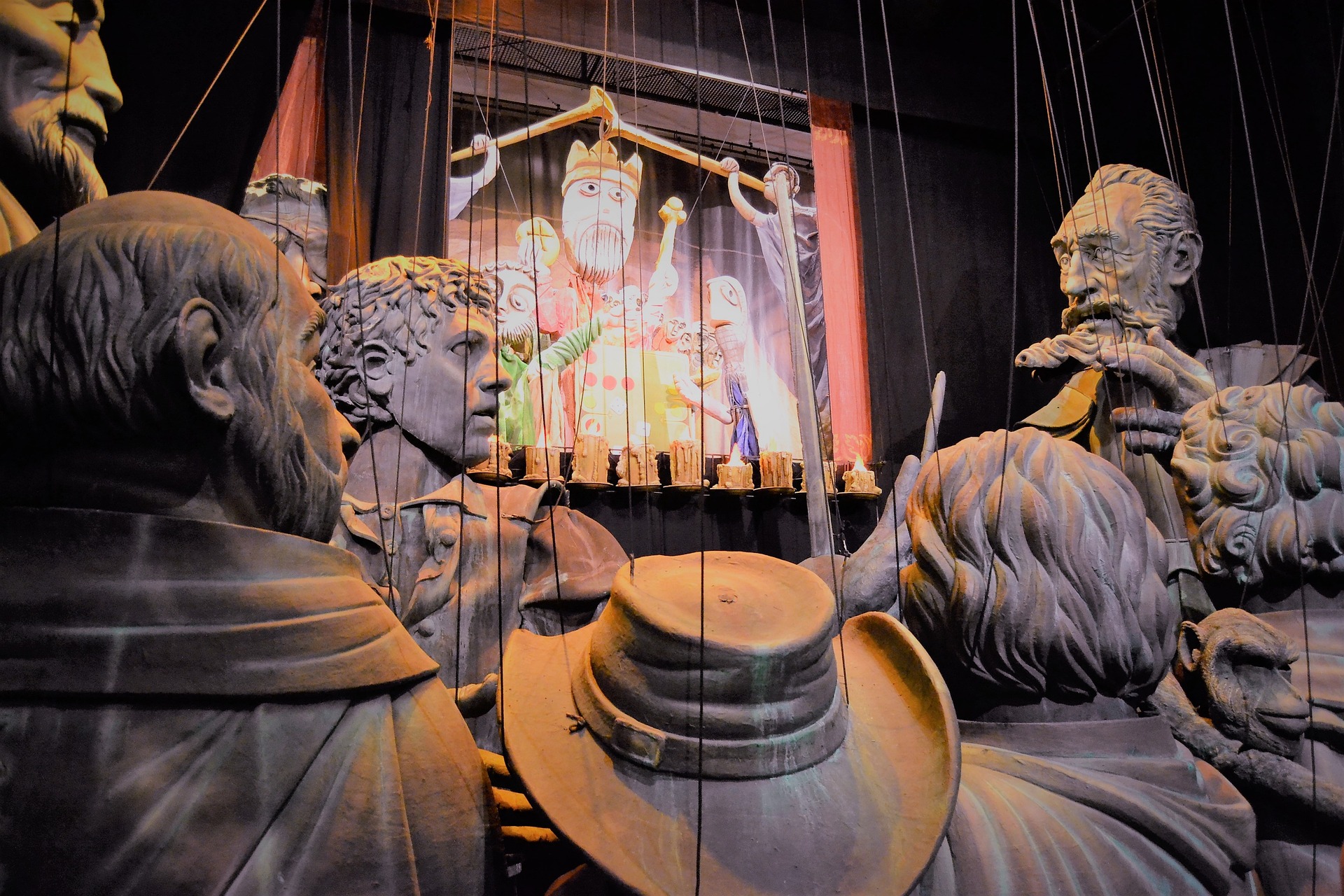Staging the Unseen: The Art of Invisible Theater
Introduction: Delve into the captivating world of Invisible Theater—an intriguing art form that intertwines reality and fiction, prompting unsuspecting audiences to question their surroundings and societal norms. This article explores the historical roots, current developments, and far-reaching impact of Invisible Theater on both the arts scene and the wider society.

The Origins of Invisible Theater
Invisible Theater first took the stage in the 1960s, as a brainchild of the renowned theater director and playwright Augusto Boal. Boal, dissatisfied with the traditional boundaries of theater, sought to challenge the norms and blur the lines between actors, audience, and everyday life.
Invisible Theater performances take place in public settings, without the public’s knowledge that they are observing a theatrical act. Actors mingle with ordinary people, staging performances that seem like authentic, spontaneous events. The goal is to challenge societal norms and provoke thought, without the audience ever realizing they’ve been part of a play.
Current Developments in Invisible Theater
Today, Invisible Theater is enjoying a resurgence of interest, particularly among theater groups looking to engage audiences in new and surprising ways. The art form has evolved to tackle pressing social issues, such as inequality, discrimination, and climate change.
Invisible Theater performances now occur worldwide, from bustling city squares to quiet suburban parks. Each performance is meticulously planned, yet remains flexible enough to adapt to the unpredictable reactions of the unwitting audience.
The Impact of Invisible Theater
Invisible Theater has a profound impact, both culturally and socially. It pushes boundaries and challenges preconceived notions, causing participants to question their beliefs and behaviors.
By staging performances in everyday settings, Invisible Theater makes art accessible to all, regardless of their familiarity or interest in traditional theater. This art form also provides a platform for raising awareness and stimulating conversations about various societal issues.
Reception of Invisible Theater
The reception to Invisible Theater is as varied as its performances. While some applaud the art form for its innovative approach and social commentary, others criticize it for its deceitful nature.
Regardless of these differing opinions, the undeniable fact remains that Invisible Theater continues to push the boundaries of traditional performance art. It invites us to see the world through a different lens, turning the ordinary into extraordinary and provoking deep thought and introspection.
The Future of Invisible Theater
As we move into an era defined by digital technology and virtual connections, the future of Invisible Theater looks both challenging and promising.
While physical performances may face hurdles, the digital realm provides new opportunities for Invisible Theater to thrive. Virtual reality, augmented reality, and interactive online platforms could become the new stages for this unique art form.
In conclusion, Invisible Theater remains a fascinating and pivotal part of the arts and entertainment industry. Its unorthodox approach to performance art, coupled with its potential to provoke thought and inspire change, ensures that it will continue to captivate audiences for years to come.




